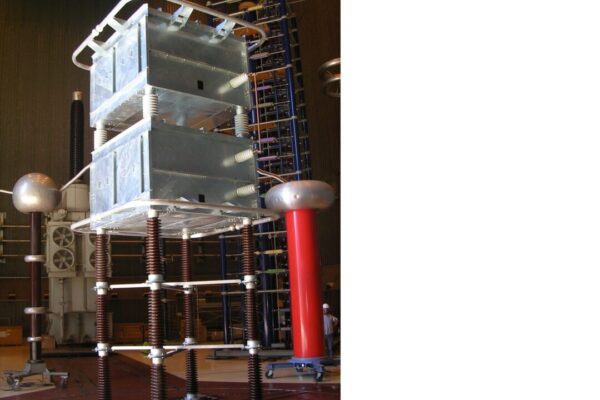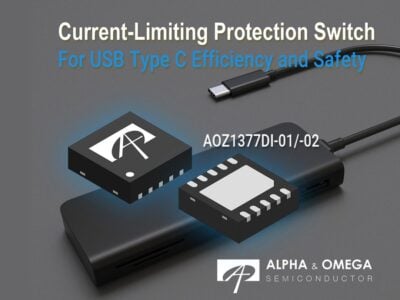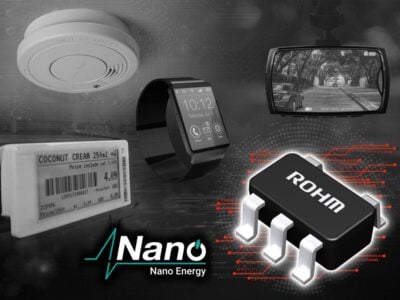
Now, that’s a resistor….surge limiter handles 48 MJ
Historically, HVDC systems have been based on Line Commutated Converter (LCC) technology and Cressall has supplied many conventional high voltage resistors for use with this equipment in the past.
Newer VSC (Voltage Source Converter) technology now offers a more compact solution and is used where space is restricted, such as on offshore wind farms. However with VSCs, resistors are needed to limit the very high currents developed upon start-up due to the system capacitance.
Cressall set out to design a resistor that could safely withstand the mechanical and thermal stresses of the 48 MJ of energy that is applied for just one quarter of a second (250 msec) at switch on. Furthermore, because space is limited, the complete structure needed to occupy as small a footprint as possible – resulting in an assembly more than ten metres high.
Very high voltages can ionise air, causing corona discharge; this ionisation can cause radio interference, reduce system efficiency and potentially damage equipment. Even when not absorbing energy, the resistor is still connected to the high voltage circuit and so corona discharge needs to be accounted for.
Working with industry specialists, Cressall designed and fitted corona shields – smooth aluminium bars on the top and bottom of the structure that reduce the electrical stresses and evenly distribute the electrical field to minimise the potential for ionisation.
To prove that corona discharge would not be generated, the electrical stresses on the resistor were measured by conducting a radio interference voltage (RIV) test at 275 kV.
“Because the voltages and energies are so high, we’ve had to systematically design and test the PIRs" explained Martin Nicholls, sales director at Cressall. "As well as the RIV tests, we have conducted high current density testing to confirm the design will safely absorb the high energies applied in such a short time. By impulse testing at 475 kV, we’ve made sure that the insulation and the air gaps will not break down with the application of high voltages.
"In addition, using Ansys design software, we’ve ensured that the structures can withstand wind speeds of up to 55 mph. All in all, we are extremely pleased with how the PIRs responded to all testing."
Cressall Resistors; www.cressall.com
 If you enjoyed this article, you will like the following ones: don't miss them by subscribing to :
eeNews on Google News
If you enjoyed this article, you will like the following ones: don't miss them by subscribing to :
eeNews on Google News




